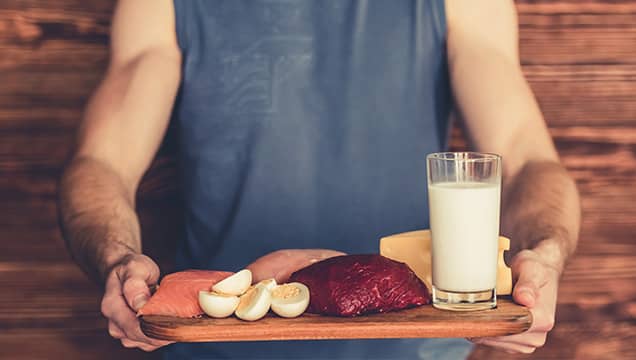To keto or not to keto
If you’re someone who is interested in weight loss, chances are you’ve heard about the keto diet. This diet regime might be all the rage at the moment, but it’s not new. In fact, the approach goes back almost a century! #historylesson Most of us would know the simple basics – this is a low-carb, high-fat diet – but how much else do you know? We fill you in on the benefits of ketogenic diet:
Background check
Keto is short for “ketogenic”, which aims to use fat as a source of energy instead of carbs. To do that, you want to eat no more than 20 to 50 grams (depending on how strict the regime you’re following is) of carbs per day.
Fast forward
After a few days, your body would not have enough carbs left to generate energy and it switches to burning fat, which produces ketones as fuel. This is the ketogenic process, which puts the body into a state of ketosis i.e. fat-burning mode. Hence, eating a good amount of fat – but make sure it’s good fat, such as omega 3, found in foods such as salmon, seaweed and some nuts – is a big part of the keto diet.
Keto-story
If you look into the history of the keto diet, it was actually crafted to treat children who would get seizures from epilepsy. Since then, it has also been used to deal with other brain-linked health issues such as traumatic brain injury and Alzheimer’s.
To keto or not to keto
While there has been studies conducted to show how the keto diet can work for issues like weight loss, diabetes and epilepsy, the jury is still out on the long-term effects. Due to its popularity, numerous public personalities have spoken out on the keto diet – some think it’s the greatest thing since sliced bread, whereas others think it’s a waste of time. If you’re unsure, always make sure to get formal medical advice before starting. #staysafe
Keeping up with keto
Now that you know a bit more about what the Keto diet is about, maybe you’d like to explore it further to see what it involves. In short, you’re looking at increasing your fat intake and minimising carbs. That’s right, we're talking about what you should eat – and more importantly, shouldn’t! For one, there are several versions of the keto diet so you should see which one works best for you. The good news is there’s a useful tool out there to make this process easier.
All hands on deck
Precision Nutrition has created what they call the “Ultimate Macro Calculator”. This calculator helps you craft an instant nutrition plan that works for your body and your goals. While it wasn’t created specifically for the keto diet, you can use it to figure out your intakes to suit that goal. The best thing about it? The calculations convert your calorie and macronutrient estimates into portions of food using parts of your hand – your palm, fist, thumb, and cupped hands. This way, you don’t need to weigh and measure your food in a tedious way – just use your hands to track your portions.





